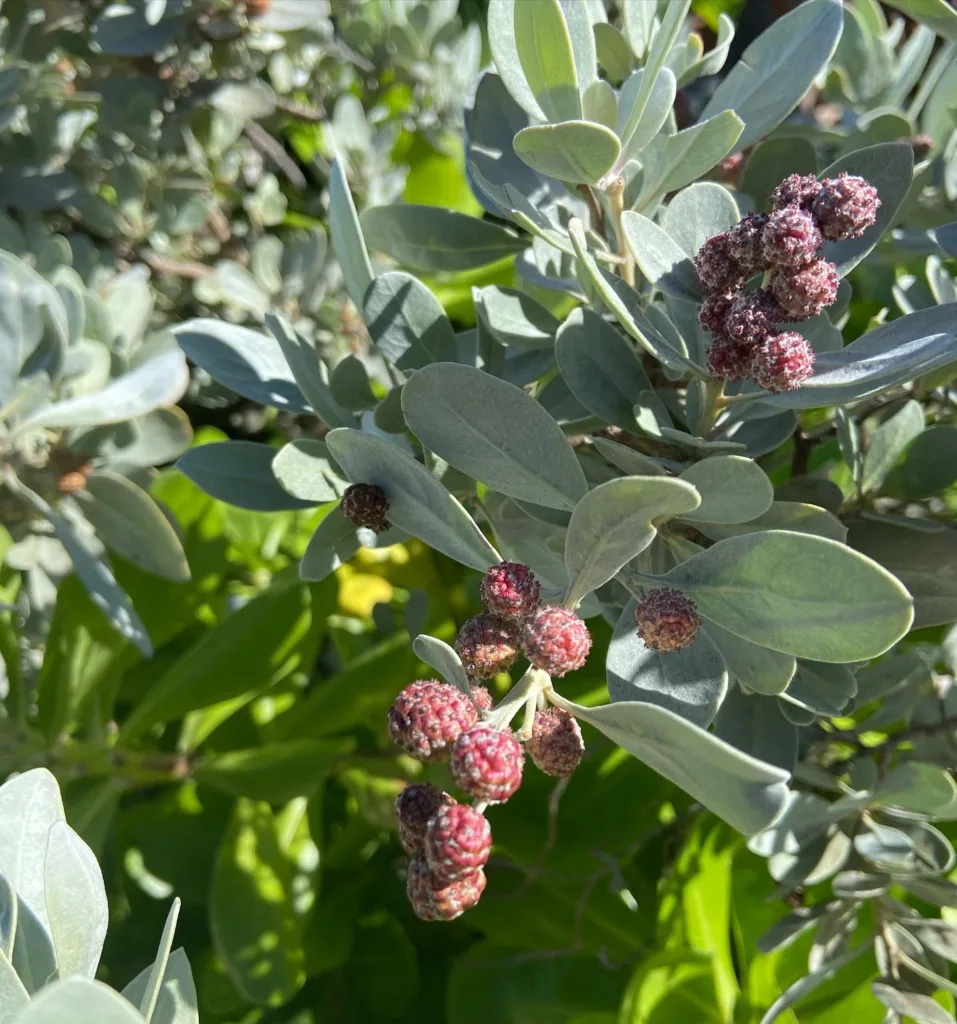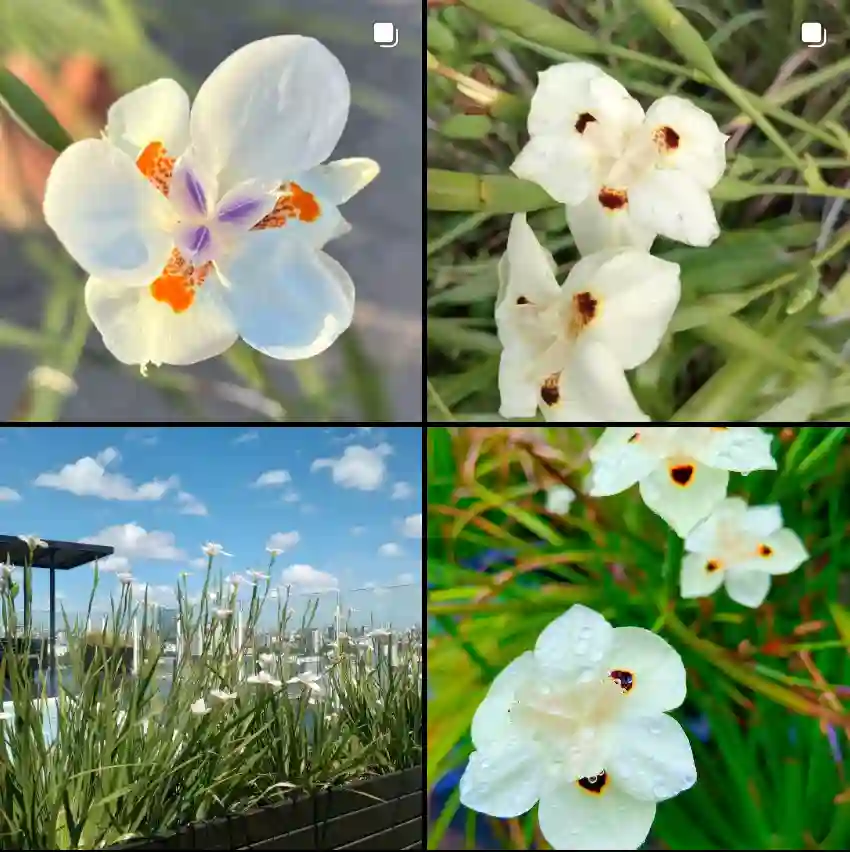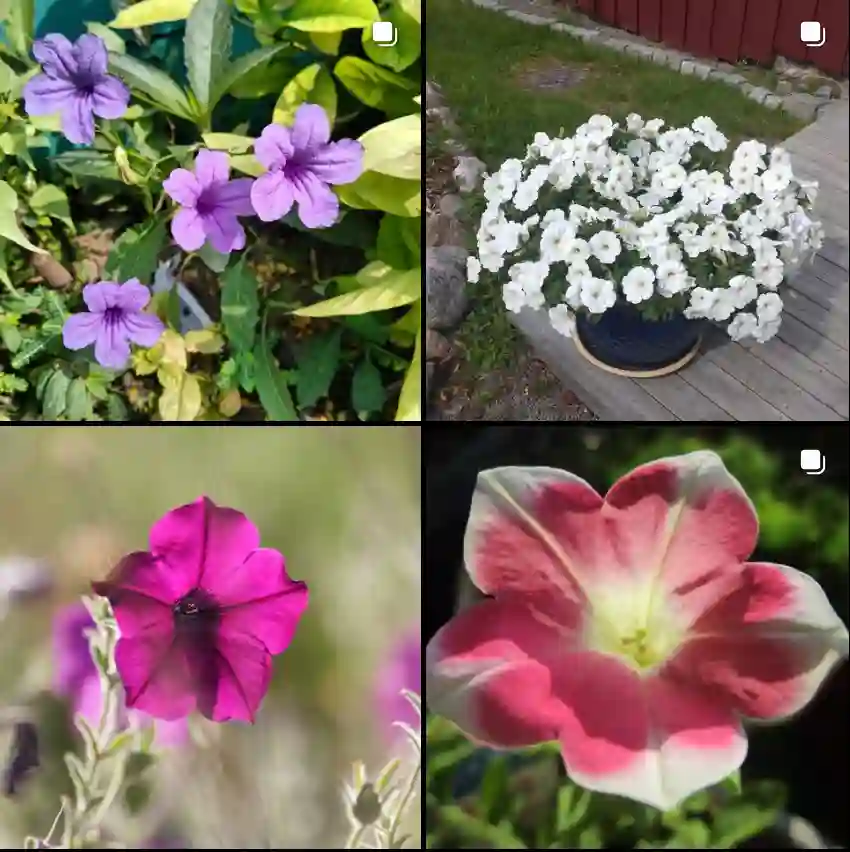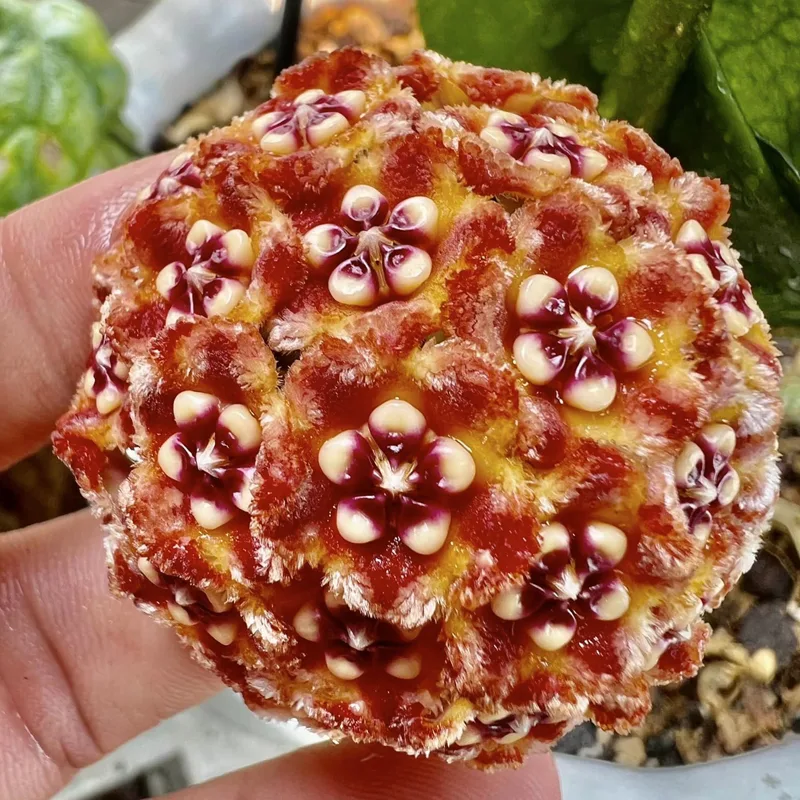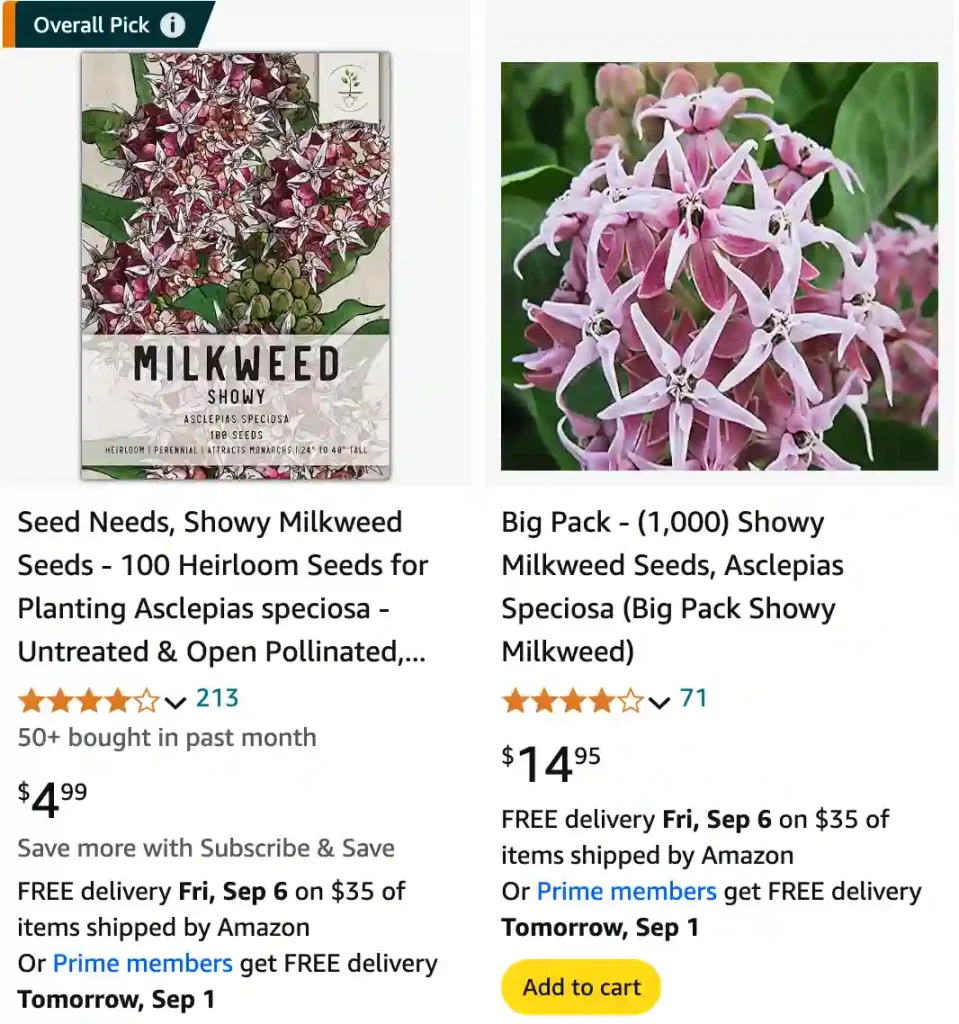
FAQs About Asclepias Speciosa: My Personal Experience
Asclepias Speciosa, commonly known as Showy Milkweed, is a fascinating plant with a lot of potential for garden enthusiasts. Having grown this plant myself, I’ve gathered a wealth of knowledge about its cultivation, care, and challenges. If you’re considering adding Asclepias Speciosa to your garden, here are some frequently asked questions and my personal insights.
209 Species in Genus Asclepias
Can Asclepias Speciosa Milkweed Be Grown in Minneapolis?
Absolutely, Asclepias Speciosa can be grown in Minneapolis. This plant is hardy and can withstand the cold temperatures typical of Minnesota winters. It thrives in USDA hardiness zones 3 to 7, making Minneapolis a suitable location. The key is to ensure it has a well-drained soil and gets ample sunlight. In the harsh winter months, mulching around the base can help protect the roots.
Do I Need to Cold Stratify Asclepias Speciosa?
Yes, cold stratification is beneficial for Asclepias Speciosa seeds. To mimic winter conditions and break seed dormancy, I recommend placing the seeds in a damp paper towel inside a plastic bag and refrigerating them for about 30 days. This process helps to improve germination rates when you eventually plant them.
How to Plant Asclepias Speciosa from Seed?
Planting Asclepias Speciosa from seed involves a few steps. First, after cold stratifying the seeds, prepare your planting area with well-drained soil and plenty of sunlight. Sow the seeds about 1/4 inch deep in the soil. Space them about 12 inches apart to give each plant ample room to grow. Water the seeds lightly and keep the soil moist but not soggy until they germinate.
How to Grow Asclepias Speciosa?
Growing Asclepias Speciosa is quite straightforward once you’ve got the planting process down. Ensure the plants receive full sun, as they thrive in bright, sunny conditions. Water them regularly, but allow the soil to dry out between waterings to prevent root rot. This plant is relatively low-maintenance and doesn’t require heavy fertilization. In the summer, you might need to stake taller plants to prevent them from falling over.
How to Care for Asclepias Speciosa?
Caring for Asclepias Speciosa involves a few key practices. Regularly check for pests, such as aphids, and remove them if necessary. Deadhead spent flowers to encourage more blooms and maintain the plant’s appearance. During the winter months, it’s essential to cut back the dead stems to ground level. Mulching around the base can help insulate the plant during the colder months.
Is Asclepias Speciosa Toxic?
Asclepias Speciosa is toxic if ingested. The plant contains compounds called cardenolides, which can be harmful to humans and animals if consumed in large quantities. However, it’s generally not a concern for most garden settings unless you have pets or small children prone to nibbling on plants. In my experience, it’s best to plant it in areas where access is limited.
Benefits of Growing Asclepias Speciosa
Growing Asclepias Speciosa has several benefits. It’s an excellent choice for attracting pollinators like butterflies and bees, particularly monarchs, which rely on milkweed as a host plant. Additionally, the plant’s attractive pink flowers add a splash of color to the garden, and its drought tolerance makes it a low-maintenance option for many gardeners.
Common Problems with Asclepias Speciosa
One common issue with Asclepias Speciosa is its tendency to spread. It can self-seed and become invasive if not managed properly. To control its spread, consider deadheading the flowers before they set seed and monitor the plant’s growth throughout the season. Another problem might be mildew or fungal issues in humid conditions, so ensure good air circulation around the plant.
What to Plant with Asclepias Speciosa?
Asclepias Speciosa pairs well with other drought-tolerant and pollinator-friendly plants. Consider planting it alongside grasses like Little Bluestem or other wildflowers like Echinacea or Rudbeckia. These companions not only complement the look of milkweed but also support a thriving ecosystem in your garden.
How to Propagate Asclepias Speciosa?
Propagation of Asclepias Speciosa can be done through seeds or by dividing established plants. If propagating from seeds, follow the cold stratification process described earlier. For division, wait until the plant is dormant in late fall or early spring, then carefully dig up and separate the roots before replanting.
Can You Grow Asclepias Speciosa Indoors?
Growing Asclepias Speciosa indoors is challenging due to its size and light requirements. It’s better suited for outdoor gardens where it can receive full sun. If you want to try growing it indoors, ensure it gets plenty of bright light and a large enough container to accommodate its growth.
In conclusion, Asclepias Speciosa is a rewarding plant to grow, offering both beauty and ecological benefits. With proper care and management, it can be a standout feature in your garden, attracting butterflies and enhancing the landscape. If you’re in a suitable climate and ready for a bit of garden adventure, I highly recommend giving it a try.
If i die, water my plants!
